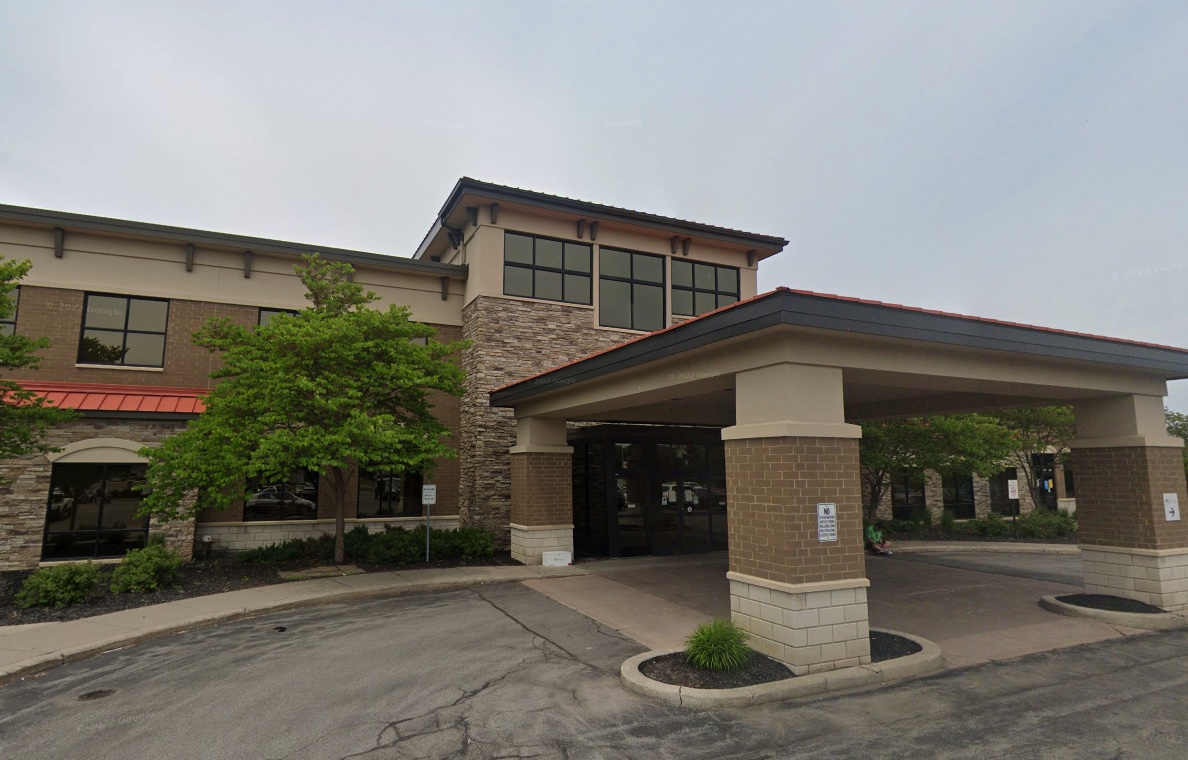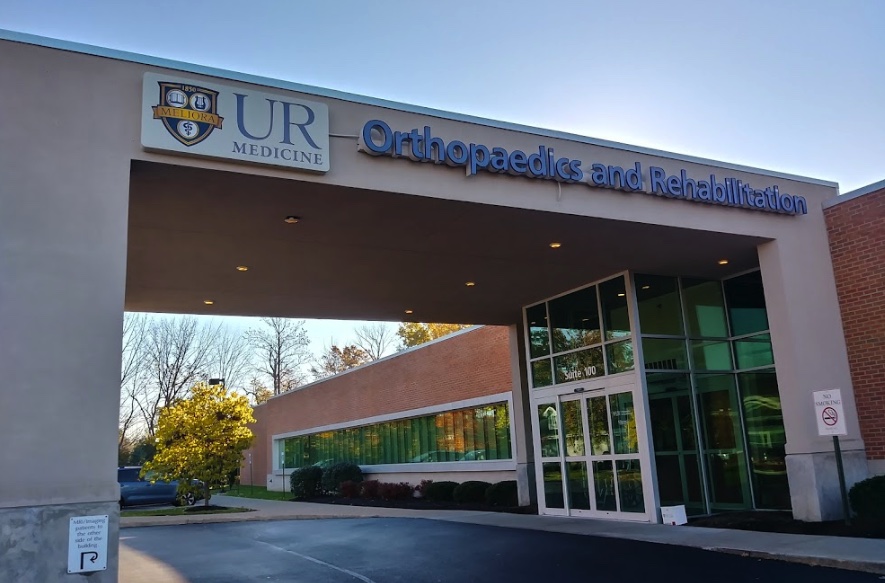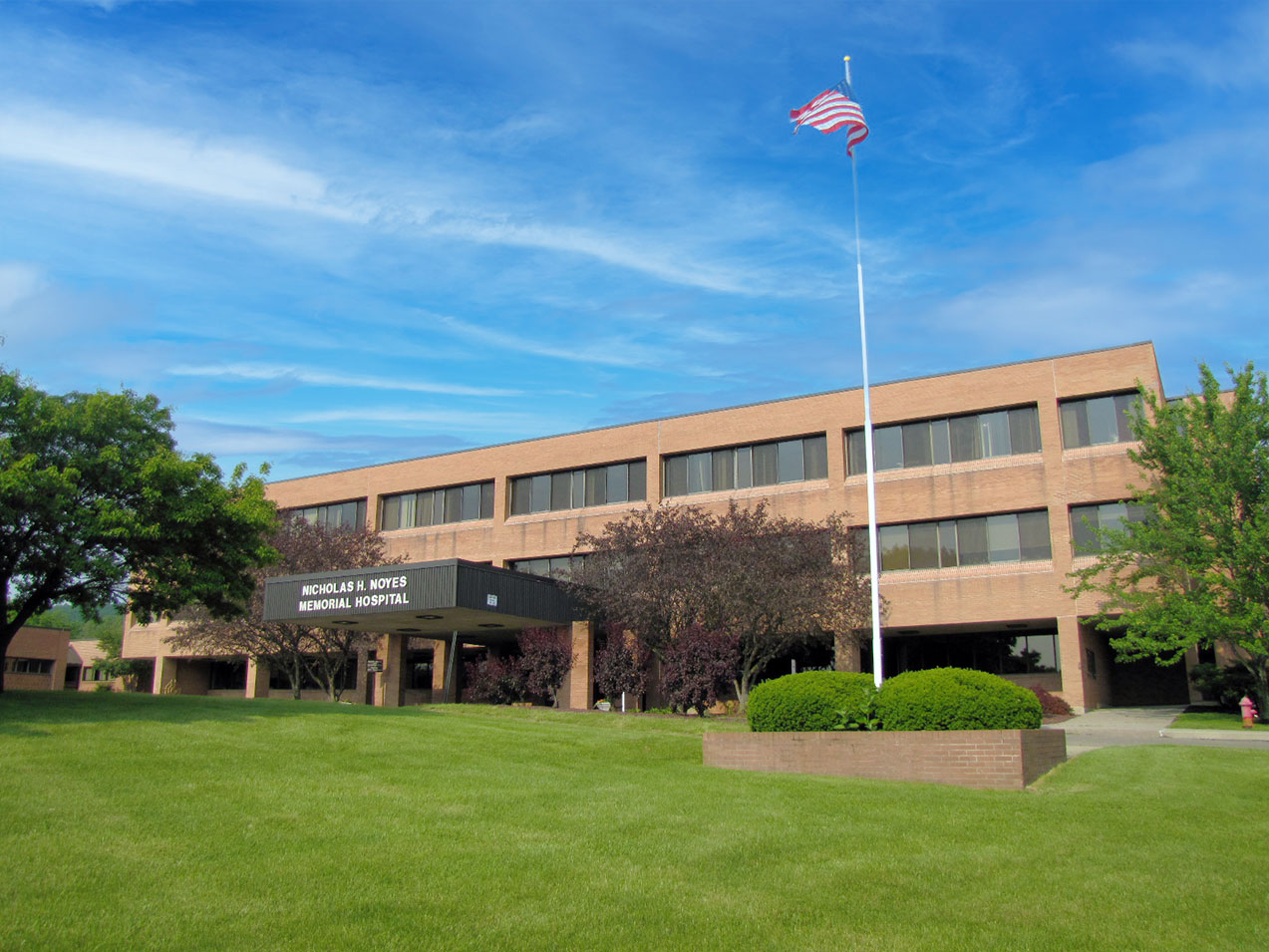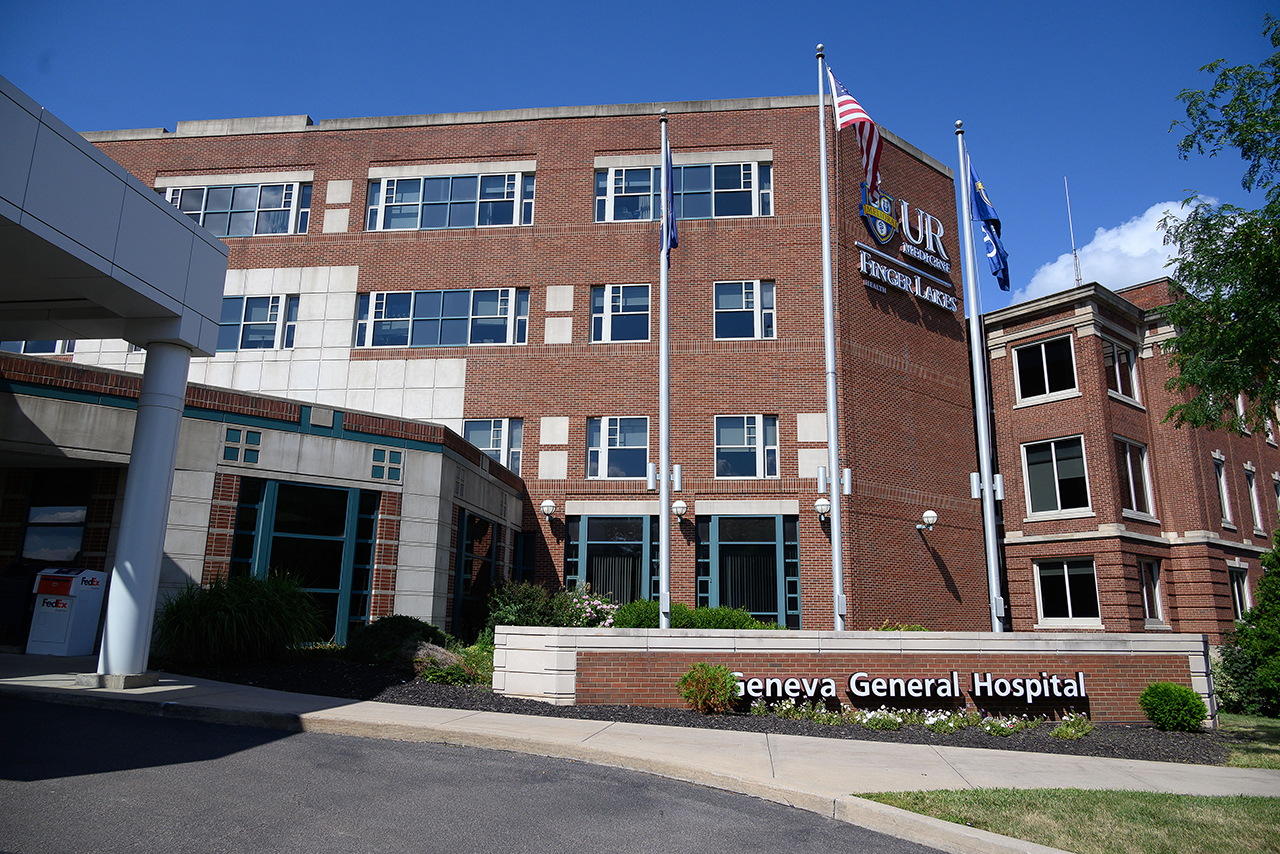Herniated Disc
Make Appointments & Get Care
What is a Herniated Disc?
A herniated or “slipped” disc is a bulging, protruding, or ruptured disc in the spine, where it may cause pain or pressure (pinching) on a nerve.
Most of the time, this happens as a result of normal aging of the disc, often called "degenerative disc disease" (DDD) of the spine. But injury can also cause a healthy disc to herniate. An injury can also cause an already herniated disc to worsen.
What Are the Symptoms of a Herniated Disc?
Symptoms of a herniated disc include:
- Back pain
- Lower back pain that radiates down the buttock and back of one thigh
- Pain that extends from the buttock down to the foot
A herniated disc can cause sciatica, also known as radiculopathy. Sciatica is a pain that originates along the sciatic nerve, which extends from the back of the pelvis down the back of the thigh.
By the Numbers
1,900+
Patients come to the UR Medicine Spine Center every year.
UR Medicine's Treatments for Herniated Disc
The UR Medicine Spine Care team begins with the most thorough diagnostic testing, including:
- Computed Tomography (CT or CAT) scan of the spine
- Electromyogram (EMG)
- Fluoroscopy
- Magnetic Resonance Imaging (MRI) of the spine
- Myelogram
- X-rays
- Discogram to identify the source of pain
We carefully work through the pros and cons of various treatments with you, prioritizing the least invasive procedure that can give you the most positive long-term result: pain relief and a return to activities.
Typically, conservative therapy is the first line of treatment. This can include a mix of:
- Education on proper body mechanics to help decrease the chance of worsening pain or damage to the disc.
- Physical therapy, which can include ultrasound, massage, conditioning, and exercise programs.
- Medicine to control pain and relax muscles.
- Targeted spinal injections of cortisone (epidurals) or nerve blocks.
If the problem continues, you may need surgery. To determine exactly what’s needed, we have multiple types of specialists on hand, including orthopaedic surgeons, neurosurgeons, neurologists, physical therapists, and neuro-pain management providers.
We focus on holistic care and wellness while specializing in surgical and non-surgical treatment options.
For patients who need rehabilitation, we also run the Active Spine Program to help you regain your ability to move safely with less pain. Our specialists in the program work closely with your spine physicians as part of your medical team. You, your doctor, and your therapists will work together to develop a care plan that works with your doctor's treatment.
If you have questions during your treatment, your therapist in the Active Spine Program can get answers quickly and continue your care, keeping your program on track toward recovery.
What Sets Us Apart?
Our team has the longest history of treating conditions of the spine in the Rochester metropolitan area and surrounding region. Our program continues to grow: now, more than 19,000 patients come to the UR Medicine Spine Center every year.
And as part of an academic medical center, our involvement in research and education means our patients get access to clinically effective treatments that use the newest technologies, including computer-guided surgery, minimal incision surgery, minimally invasive surgery, and physical therapy and rehabilitation.
Locations
View All LocationsWe serve you in the Rochester metropolitan area and surrounding region.
View All Locations6 locations
South Pointe Landing
10 South Pointe Landing, Suite 100
Rochester, NY 14626
Platinum Office Complex
2064 Fairport Nine Mile Point Road, Suite 100
Penfield, NY 14526
Noyes Memorial Hospital
111 Clara Barton Street, Suite 178A
Dansville, NY 14437
Cayuga Medical Office
905 Hanshaw Road, Suite A
Ithaca, NY 14850
Geneva General Hospital
200 North Street, Suite 304
Geneva, NY 14456
1340 Washington St, Suite 3
Watertown, NY 13061



